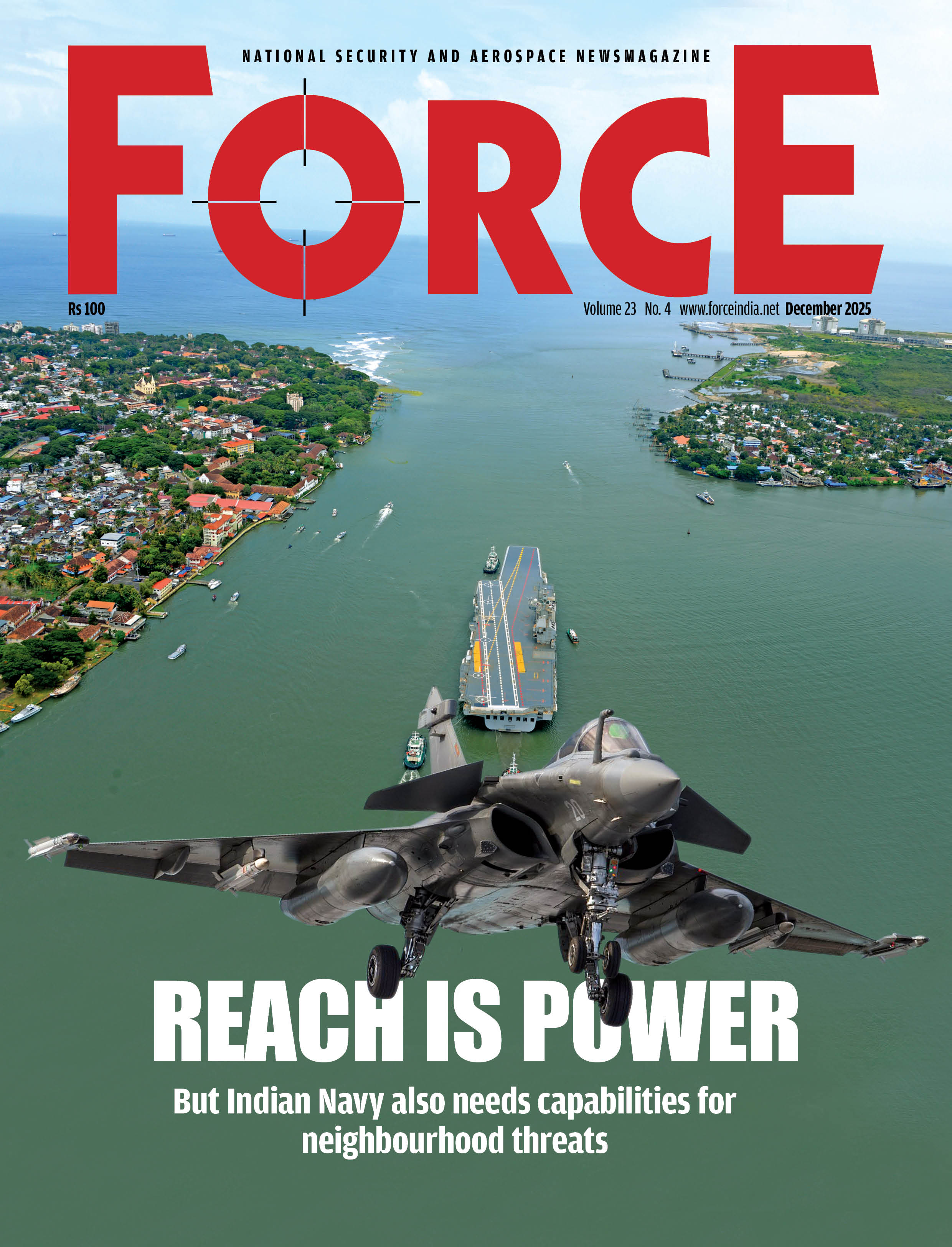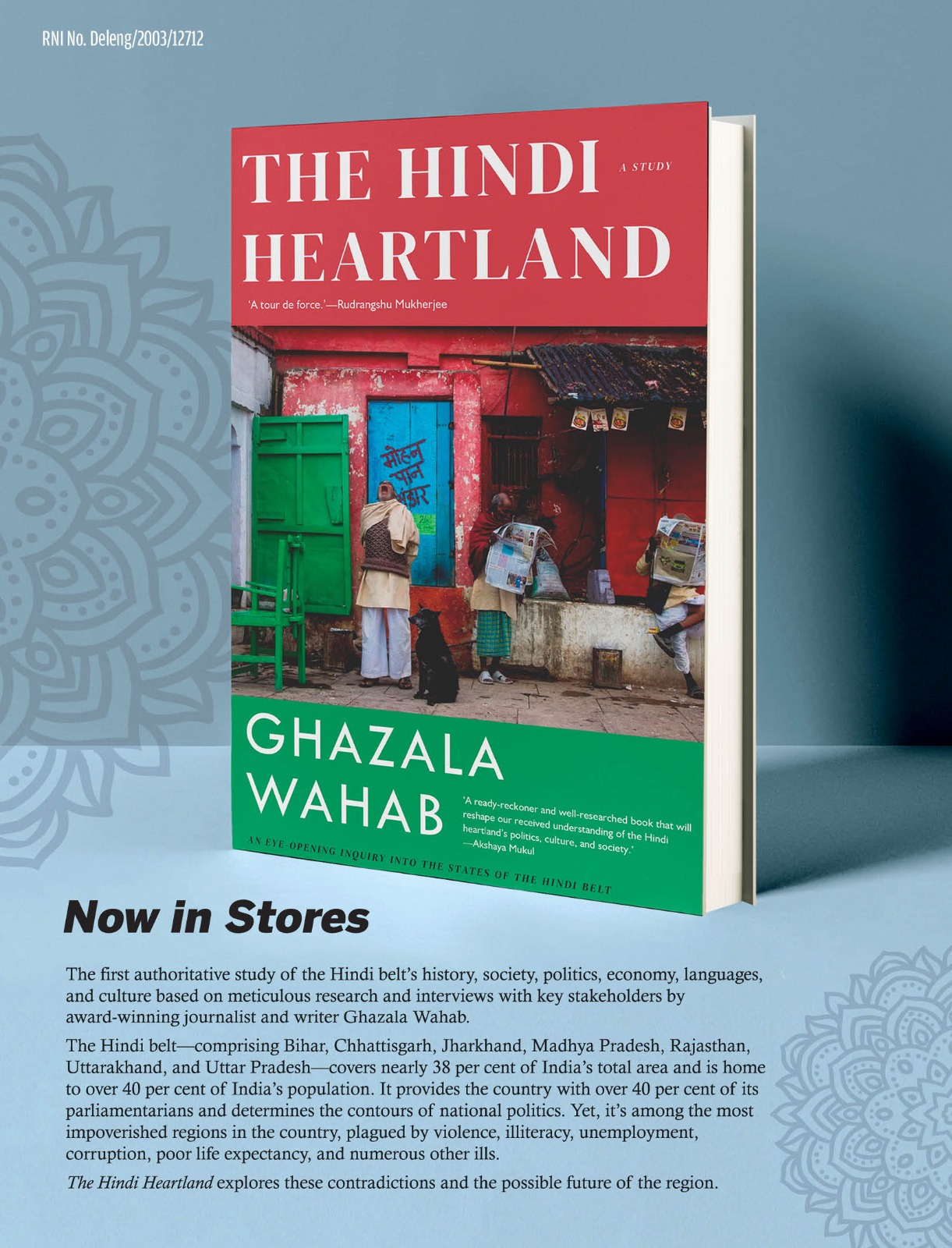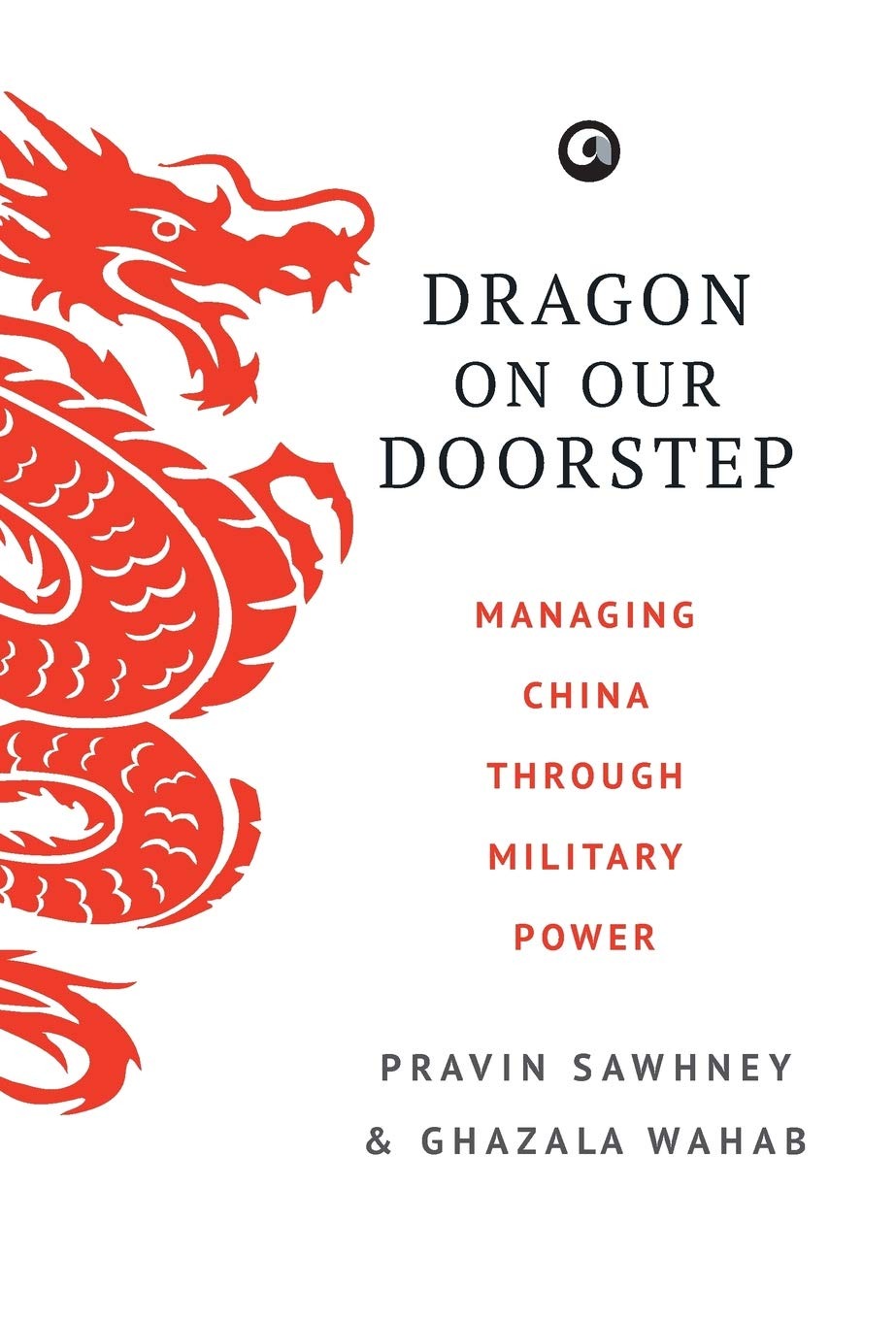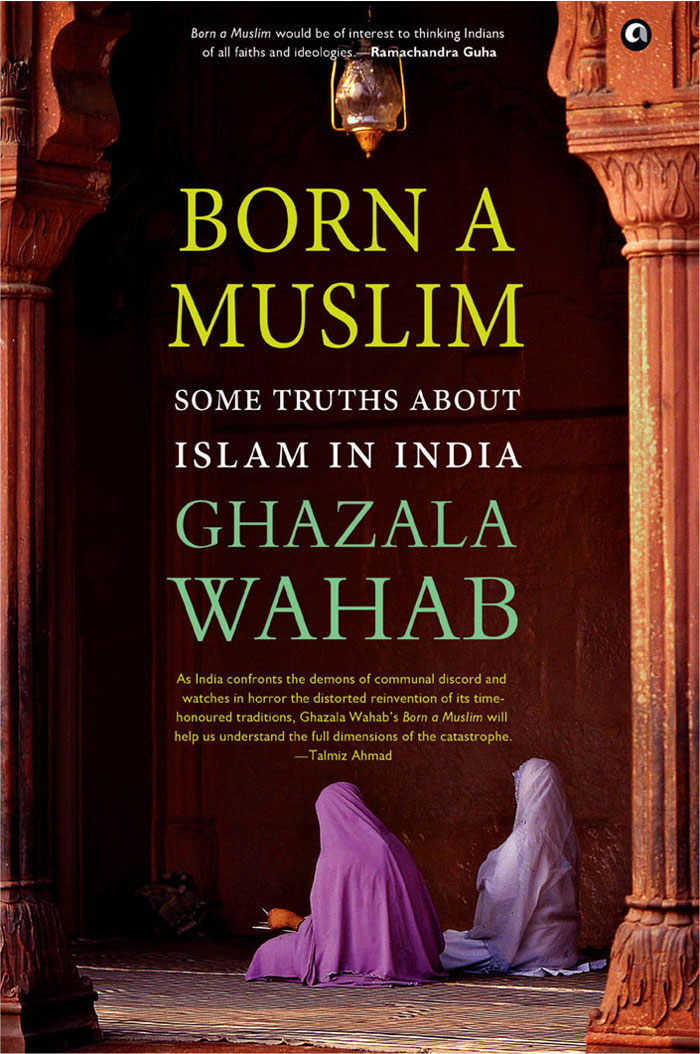No Time to Lose
This is an excerpt from the book Dragon On Our Doorstep: Managing China Through Military Power, written by FORCE editors Pravin Sawhney and Ghazala Wahab
Let alone China, India cannot even win a war against Pakistan. And this has nothing to do with the possession of nuclear weapons — the roles of nuclear and conventional weapons are separate in the war planning of India, China and Pakistan.
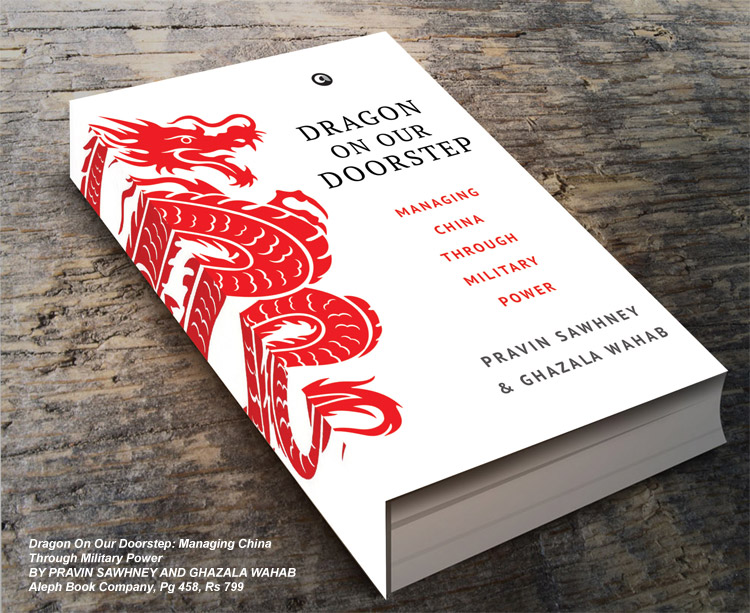
The reason India would be at a disadvantage in a war with Pakistan is because while Pakistan has built military power, India focused on building military force. In this difference lies the capability to win wars. Military force involves the mere collection of ‘war-withal’, that is building up of troops and war-waging materiel; military power is about optimal utilization of military force. It entails an understanding of the adversaries and the quantum of threat from each, the nature of warfare, domains of war, how it would be fought, and structural military reforms at various levels to meet these challenges. All this comes under the rubric of defence policy (also called political directive) and higher defence management, which in India’s case is either absent or anachronistic and in urgent need of transformation.
A measure of this can be gauged from the then Defence Minister Arun Jaitley’s comment on Pakistan in October 2014. He said, ‘Our [India’s] conventional strength is far more than theirs [Pakistan’s]. If they persist with this [cross-border terrorism], they’ll feel the pain of this adventurism.’ Given that the Pakistan Army unabashedly continues its proxy war against India, Jaitley and his successors should wonder why the mere 6 lakh strong Pakistan Army is not deterred by the 13 lakh strong Indian Army. Even after twenty-six years of proxy war, the Indian leadership continues to confuse military force with military power and, consequently, dismisses Pakistan as an irritant, based on number-crunching. If India were to undertake military reforms, the army alone could reduce 300,000 troops over three to five years, and the defence services would be able to provide optimal value without an increase in annual defence allocations.
Military power has geopolitical implications. Pakistan today is sought after by the United States, China, Russia, Iran, Saudi Arabia, Afghanistan, the Central Asian Republics and the littoral countries of South Asia. It has emerged as a critical geopolitical pivot on the Eurasian chessboard. India, on the other hand, remains an important but certainly not geostrategic player. While geostrategic players have the capacity, capability and national will to exercise influence beyond their borders to impact geopolitical affairs, geopolitical pivots are nations whose importance is directly proportional to the number of geostrategic players that seek them out.
US strategist Zbigniew Brzezinski wrote in his book The Grand Chessboard, ‘It should also be noted at the outset that although all geostrategic players tend to be important and powerful countries, not all important and powerful countries are automatically geostrategic players.’
India’s northern frontiers, both on the east and the west, are not what Indian policymakers imagine them to be. Since 1963, China has supported Pakistan with war-withal — conventional and nuclear — to keep India boxed in on the subcontinent. This has ensured that India’s foreign policy remains shackled by the two military lines with Pakistan and China. Understanding the dynamics of these military lines in peace and wartime is not a mere defence matter. It is critical to India’s relations with major powers and will help India think strategically through a top-down approach — something it has never done because of lack of understanding.
Today the partnership between China and Pakistan—where both need the other equally — has two serious implications for India. First, since the military power of both has achieved interoperability, which far exceeds that of the US and the North Atlantic Treaty Organization (NATO) forces at the height of the Cold War, India’s military strategy of a two-front war is no longer relevant. Interoperability is the ability of two armed forces to operate with ease as one whole i
Subscribe To Force
Fuel Fearless Journalism with Your Yearly Subscription
SUBSCRIBE NOW
We don’t tell you how to do your job…
But we put the environment in which you do your job in perspective, so that when you step out you do so with the complete picture.


